Introduction
Deep squats are one of the most effective exercises for developing lower-body strength, improving mobility, and enhancing overall athletic performance. However, many people struggle to perform a deep squat correctly due to mobility restrictions, muscle imbalances, or a lack of strength in key areas. By focusing on mobility and strengthening the posterior chain—your backside—you can unlock the benefits of deep squats while minimizing the risk of injury. This guide will cover the importance of deep squat mobility, exercises to improve it, and how strengthening your backside plays a crucial role in achieving a proper deep squat.
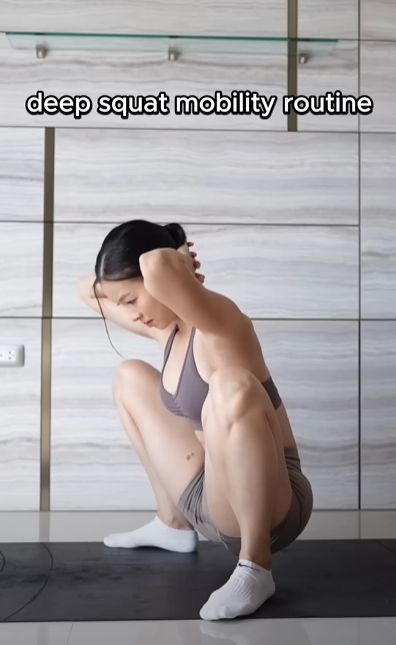

Why Deep Squat Mobility Matters
The ability to perform a deep squat with proper form is a sign of good mobility, stability, and strength. Here are some key reasons why deep squat mobility is essential:
- Improves Functional Movement: Squatting is a fundamental human movement that we use daily, from sitting down to picking up objects. Enhancing squat mobility makes these movements easier and more efficient.
- Reduces Injury Risk: Poor mobility can lead to compensations, increasing the risk of knee, hip, and lower back injuries.
- Enhances Athletic Performance: Many sports require explosive lower-body movements. A well-executed deep squat builds strength and power.
- Promotes Joint Health: A full-range squat improves hip, knee, and ankle joint health by encouraging fluid movement and stability.
- Balances Muscular Development: Proper deep squat mobility prevents over-reliance on certain muscle groups and promotes balanced strength across the legs and glutes.

Key Muscles Involved in a Deep Squat
Understanding the muscles involved in a deep squat can help you identify weaknesses and areas that need improvement:
- Glutes: The powerhouse of your posterior chain, responsible for hip extension and stabilization.
- Hamstrings: Assist in knee flexion and hip extension, crucial for lowering and rising in a squat.
- Quadriceps: Help in knee extension, aiding in pushing out of the squat position.
- Calves: Provide ankle stability and mobility.
- Core: Supports the spine and maintains proper posture throughout the squa
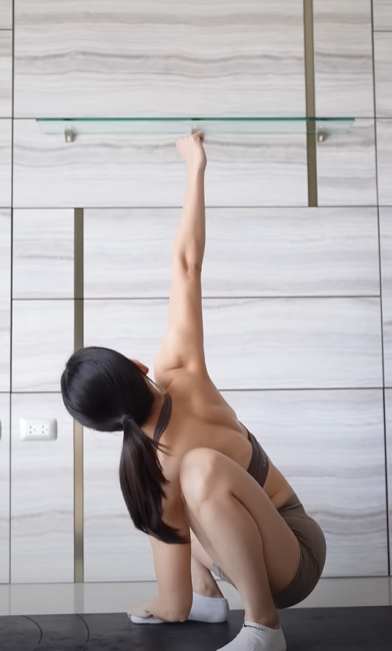
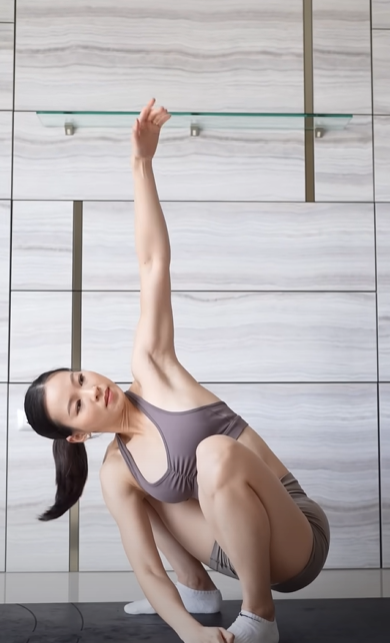
Assessing Your Squat Mobility
Before working on improvements, assess your current squat mobility:
- Wall Squat Test: Stand a few inches away from a wall and try to squat down without falling backward. If you struggle, you may have mobility restrictions in your ankles, hips, or thoracic spine.
- Heel Lift Test: Place small plates under your heels and perform a squat. If your squat improves, you likely have ankle mobility limitations.
- Hip Flexion Test: Sit on the floor with your legs straight and try to bring your knee toward your chest. Limited movement here could indicate hip mobility restrictions.
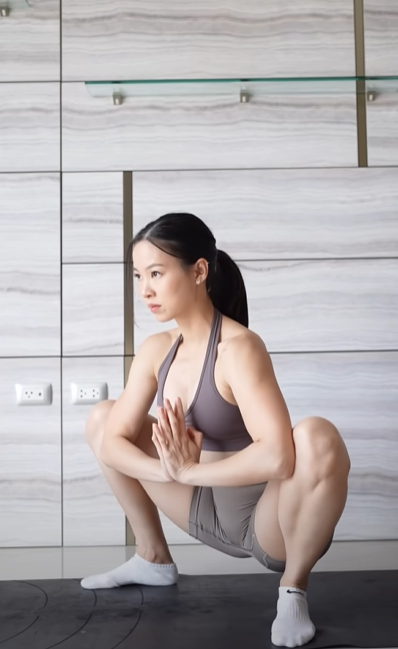
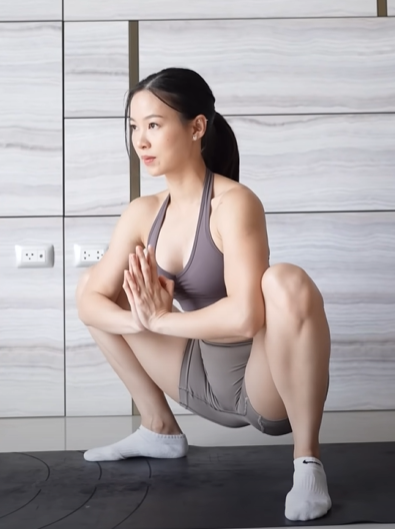
Exercises to Improve Deep Squat Mobility
To improve deep squat mobility, focus on flexibility, joint mobility, and stability. Here are key exercises:
1. Ankle Mobility Drills
Exercise: Wall Ankle Mobilization
- Stand facing a wall with one foot a few inches away.
- Drive your knee forward toward the wall without lifting your heel.
- Perform 10 reps per leg.
2. Hip Mobility Drills
Exercise: 90/90 Hip Stretch
- Sit on the floor with one leg in front at a 90-degree angle and the other behind at 90 degrees.
- Lean forward over the front leg to stretch your hip.
- Hold for 30 seconds per side.
3. Thoracic Spine Mobility
Exercise: Cat-Cow Stretch
- Start in an all-fours position.
- Arch your back and look up, then round your back and tuck your chin.
- Perform 10 reps.
4. Deep Squat Hold
Exercise: Assisted Deep Squat Hold
- Hold onto a stable surface and lower into a deep squat.
- Hold for 30 seconds to 1 minute.
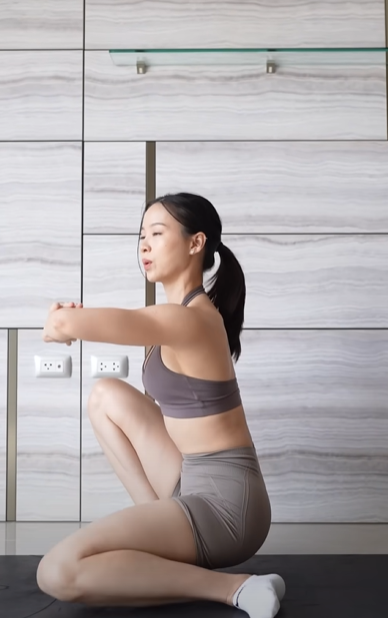


Strengthening Your Backside for Better Squats
A strong posterior chain helps maintain an upright torso, generate power, and stabilize the squat. Here are key exercises:
1. Glute Bridges
- Lie on your back with knees bent.
- Lift your hips while squeezing your glutes.
- Perform 3 sets of 12 reps.
2. Romanian Deadlifts
- Hold a barbell or dumbbells.
- Hinge at your hips and lower the weight down your legs.
- Perform 3 sets of 10 reps.
3. Bulgarian Split Squats
- Place one foot behind you on an elevated surface.
- Lower into a lunge while keeping your torso upright.
- Perform 3 sets of 8 reps per leg.
4. Good Mornings
- With a barbell or resistance band behind your neck, hinge at the hips while keeping a straight back.
- Perform 3 sets of 12 reps.
Tips for Implementing Deep Squat Mobility Training
- Be Consistent: Perform mobility work and strengthening exercises at least 3-4 times per week.
- Warm Up Properly: Start each workout with dynamic stretches and activation drills.
- Progress Gradually: If you struggle to reach full depth, work with elevated heels or a wider stance until mobility improves.
- Listen to Your Body: Avoid pushing through pain. Mobility and strength take time to develop.
Conclusion
Deep squat mobility is key to improving functional movement, preventing injuries, and strengthening the posterior chain. By incorporating mobility drills and posterior chain exercises into your routine, you can enhance your squat depth, power, and stability. Whether you’re an athlete, a weightlifter, or someone looking to move better, focusing on deep squat mobility and posterior chain strength will benefit you in the long run. Stay consistent, be patient, and enjoy the progress!



